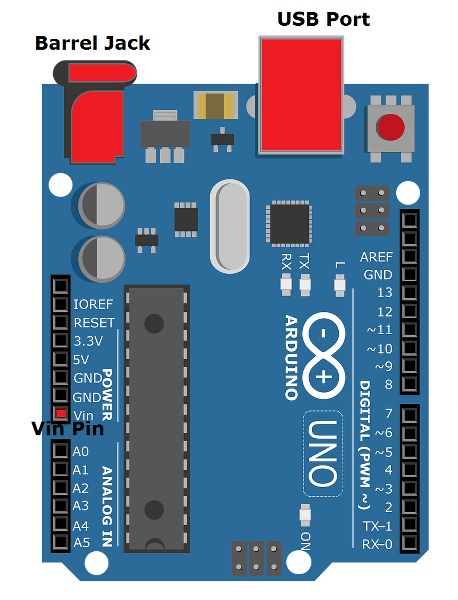
PC0, PC1, PC2, PC3, PC10, PC11, PC12, PC13, PC14, PC15Ĭan be used to power them module from battery They are also categorized with the table below Pin Category The name of the pins can be found in the image above. They comprise of GPIO pins, Analog Pins, Timer Pins and Power pins. These pins are classified into CN7 and CN10 with each having 38 Pins. These pins can also be used for I2C Communication A4 is SDA and A5 is SCLĬan be used to provide analog reference voltageĪcts as SCK, MISO, MOSI and CS pins respectively for SPI communicationĪcts as Rx and Tx pins respectively for USART communicationĪpart from the Arduino pins the board also has 76 (38+38) GPIO pins as male headers on either side of the board as shown above. Provides 3.3V as output can also be used to power the MCU Each category pins can be tabulated as follows Pin Category The Arduino pins are split into category CN5, CN6, CN8 and CN9. The arduino like pins are female connector pins which exactly match the order and position of Arduino UNO pins and hence any Arduino shield can be used with these development boards. The pin one resembles the Arduino UNO and the blue one is the STM32 style ( Morpho).

As you can see there are two sets of pins. The STM32 Nucleo board pinout is shown above. The Board operates with 3.3V supply but a wide voltage range of 7-12V can be provided to the VIN pin since it has an on-board voltage regulator. Similarly there are two push buttons where one is user programmable and the other is to reset the Microcontroller.

As shown in the image above there are three LEDs, where LD1 is for indicating USB communication, LD2 is programmable LED and LD3 indicates power.


 0 kommentar(er)
0 kommentar(er)
